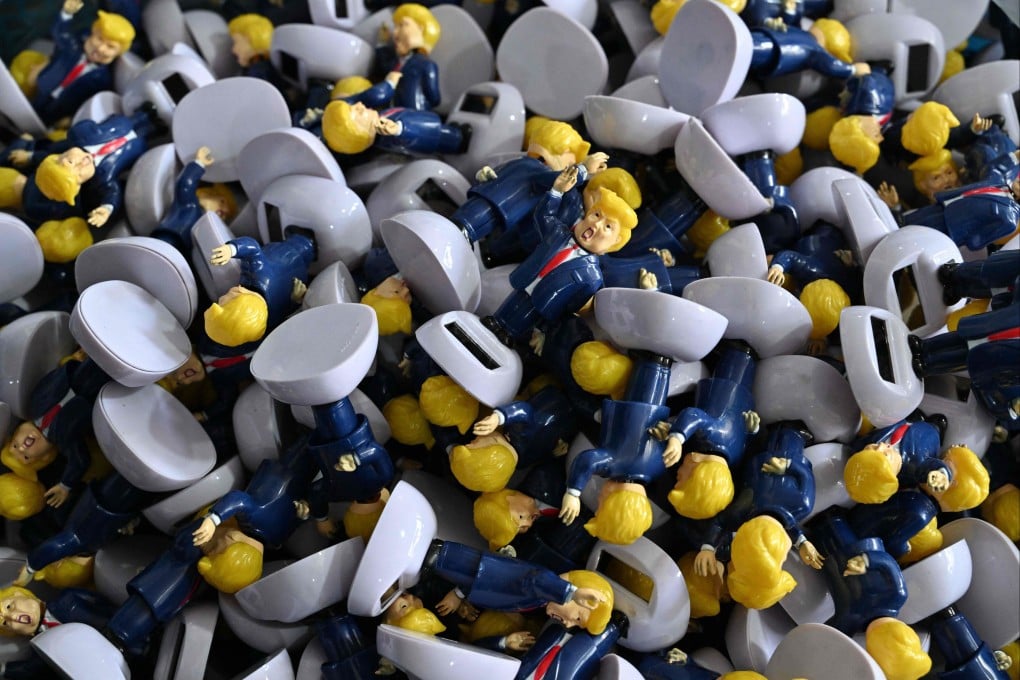Opinion | US vs China: who can endure a trade war longer?
While Trump assumes that China’s trade surplus with the US makes it inherently vulnerable, Beijing appears unfazed

While maintaining a hard-nosed position, China has not escaped unscathed. In the first quarter of 2025, the consumer price index – a measure of downstream demand – fell by 0.1 per cent year on year, while the producer price index – tracking midstream and upstream production – declined 2.3 per cent. Both indicators fell short of annual targets.
Trump’s strategy rests on the assumption that China’s trade surplus with the United States makes it inherently vulnerable – and that tariffs could compel Beijing to show deference and renegotiate terms on his terms.
China cannot easily replace lost export markets, just as tariffs alone cannot revive American manufacturing overnight. As the trade war grinds on and bilateral trade nears zero, the real question is no longer who can escalate further – but who can endure longer.
